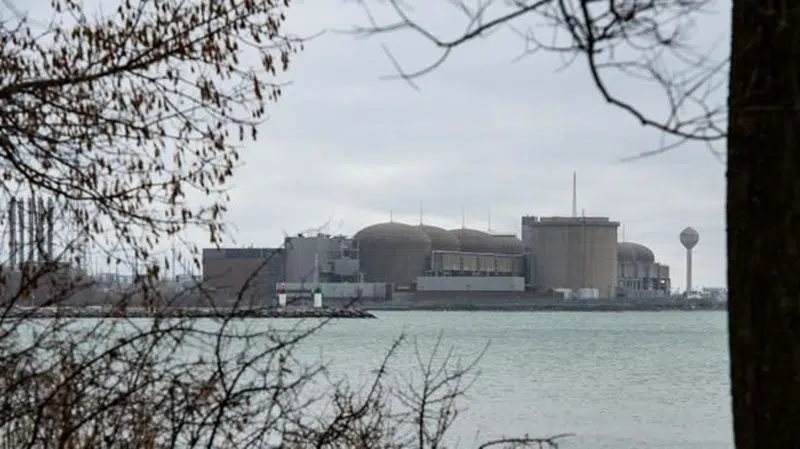
Nuclear alert investigation won’t be long and drawn out, minister says
TORONTO — An investigation into a mistaken alert warning of an incident at the Pickering Nuclear Generating Station will be completed fairly quickly, Ontario’s solicitor general said Monday.
Sylvia Jones tapped the chief of Emergency Management Ontario to investigate how the alert warning of an unspecified problem at the facility was sent in error to cellphones, radios and TVs across the province at about 7:30 a.m. Sunday.
“It’s very important for me, for the people of Ontario, to know exactly what happened on Sunday morning,” said Jones. “Having said that, I do not anticipate this is going to be a long, drawn-out investigation. I want to know what happened and equally important, I want some recommendations on insurances and changes we can make to the system to make sure it doesn’t happen again.”
Initial observations suggest human error was responsible for the alert that was sent out during routine tests of the emergency alert, Jones said.
